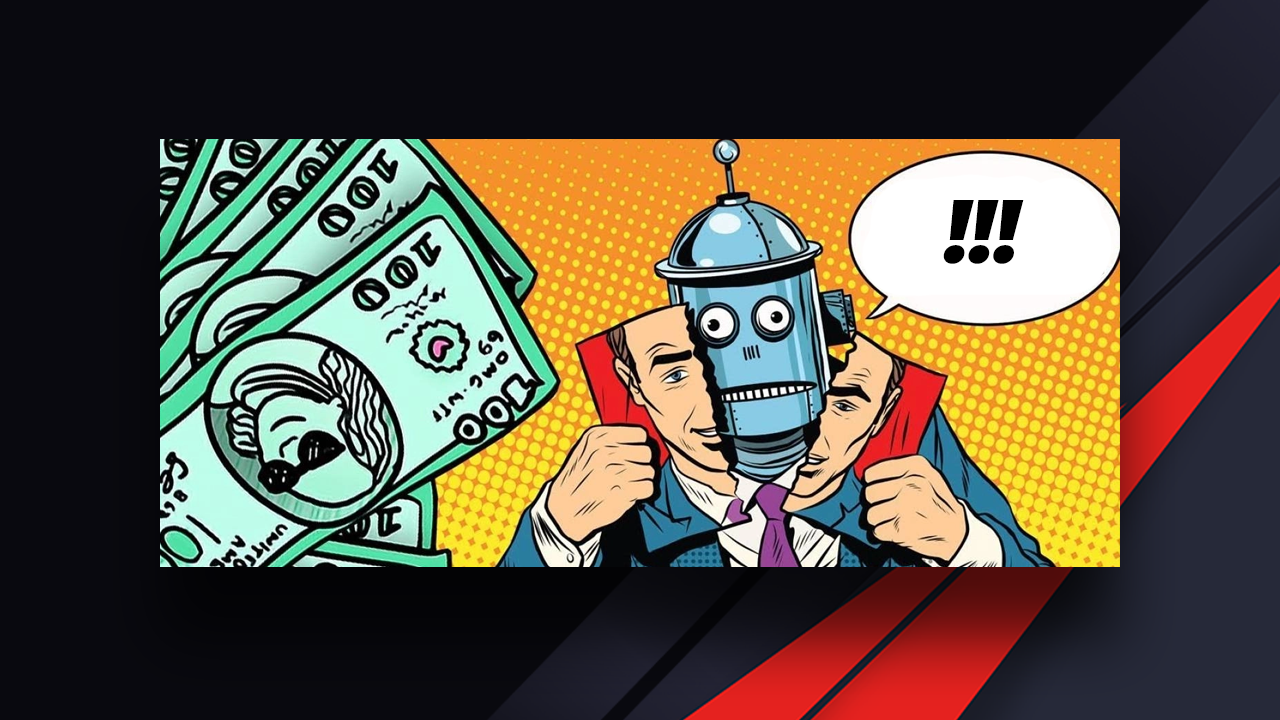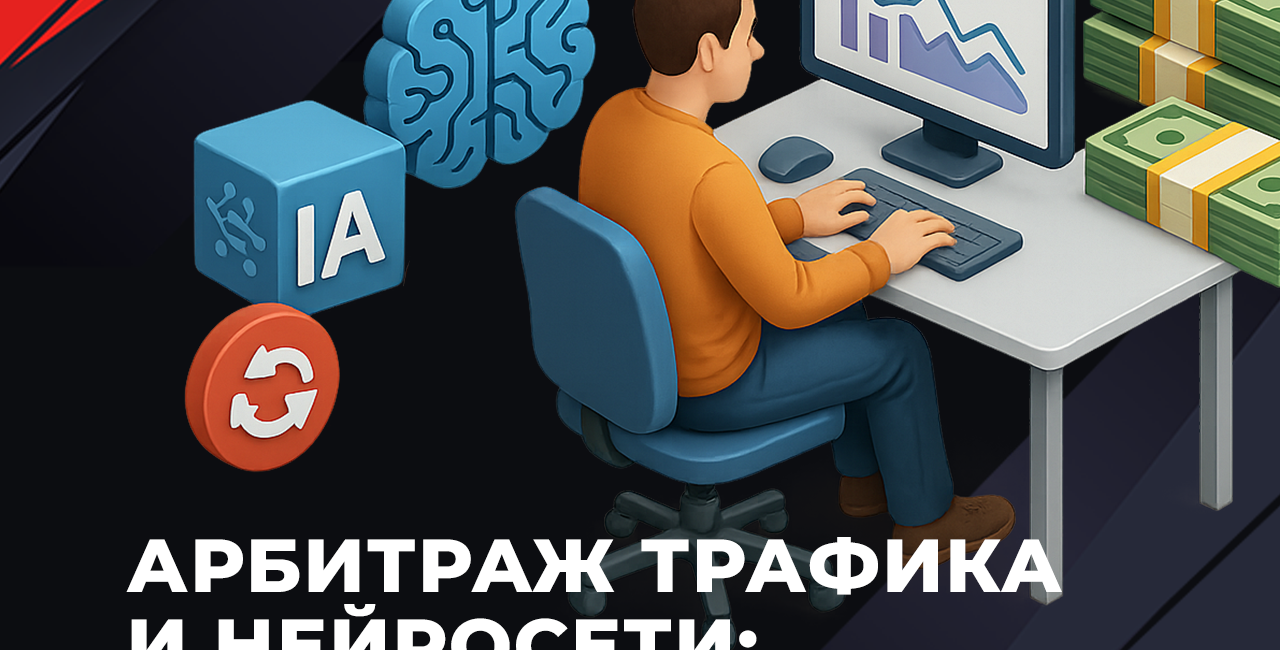Traffic arbitrage has changed dramatically in recent years. Whereas in the past those who poured faster or knew a “working” pad won, today those who know how to work with neural networks win. Artificial intelligence has become an indispensable tool for media buyers, allowing them to scale faster, reduce costs, and make decisions based on data rather than intuition. Let’s explore exactly how AI will transform arbitrage in 2025.
Creatives: from generation to tests in hours
Creatives are one of the most time-consuming tasks in arbitrage. But now this process has been accelerated many times over. Neural networks like ChatGPT, GPT-4.5, Midjourney, Runway, Pika and others make it possible:
– Generate advertising texts for any target audience, format and site;
– Make dozens of banners based on a single request (Midjourney, Leonardo AI);
– Automate voiceovers, video scripts and even cuts for Reels and Shorts (Runway, Pika, Opus Clip).
No more waiting for a designer or copywriter. In a couple of hours you can put together an A/B test of 15+ creatives and put them to work. This is especially important in TikTok or Meta Ads, where speed and relevance decide everything.
AI in analytics: tracking not just clicks, but real actions
One of the main problems with arbitrage is the lack of a complete picture of user behavior. Previously, the maximum that could be tracked was a click on the preland. But in 2025, solutions capable of tracking further actions of the user are being used : subscription to Telegram, registration, deposit.
Example – MVP Project. This tool allows you to:
– Understand which creatives or campaigns really convert into deposits, not just collect clicks;
– Optimize ads by real events, not by formal actions (e.g. subscription instead of click);
– Get full analytics on the user in CRM: whether registered, how many deposits made, how much spent, etc.
This allows you to turn off ineffective bundles and direct your budget where there is ROI. Without AI, it is impossible to track such deep connections.

Smart auto funnels and dynamic pads
Now, landings and pads can be “live” – they change depending on who stopped by. AI can:
– Substitute different texts, images and offers depending on gender, age, geo or traffic source;
– Change chatbot communication format depending on user’s behavior;
– Warm up audience with personalized content and scripts.
For example, in dealing or gambling, it gives a multiple increase in CR. And chatbots based on ChatGPT are a separate force altogether: they can not just answer, but lead the user down the funnel to the deposit, closing objections.
AI-based rate optimization and scaling automation
Neural networks now know how to dynamically manage budgets and bids in advertising systems. In Meta Ads, TikTok, Google Ads and even push formats, AI is able to:
– Increase or decrease bids based on time of day, audience, competition;
– Automatically turn off ineffective campaigns or creatives;
– Reallocate budgets in real time to the best bundles.
This is especially critical when scaling: without manual adjustments, with AI, you can keep a stable price per lead even as volume grows.
Anti-fraud: how AI recognizes bad traffic
With neural networks, it has become easier to track and cut off bots, fodder, and low-quality streams. Previously this was done manually, now it is done automatically:
– AI algorithms analyze user behavior (click rate, browsing depth, IP spoofing);
– Identify repetitive actions, suspicious logs and VPNs;
– Generate reports on traffic quality for each RC.
This is important when working with affiliates or white verticals where traffic quality affects traffic and payouts.

New professions and roles in the team
The integration of AI has also spawned new roles in arbitration teams:
– AI Creative Specialist – someone who doesn’t do design, but properly shapes promts to generate visuals and text;
– AI-for-optimization analyst – customizes AI logic within trackers and ad systems;
– Funnel and ChatGPT bundling specialist – develops custom auto-response and warm-up scripts.
Whereas everything used to be held together by a media buyer and copywriter, now the key asset is the ability to work with neural networks and run tests quickly.
Conclusions: AI is not a replacement for the arbitrator, but its gas pedal
In 2025, artificial intelligence is not a “chip” but a basic tool without which it is impossible to scale. It helps you test faster, pour more accurately, optimize deeper, and earn more.
Arbitrage is still about risk and speed. But now it’s not just who wins first, it’s who is smarter. And AI is intelligence packaged in a tool.



No Comment! Be the first one.